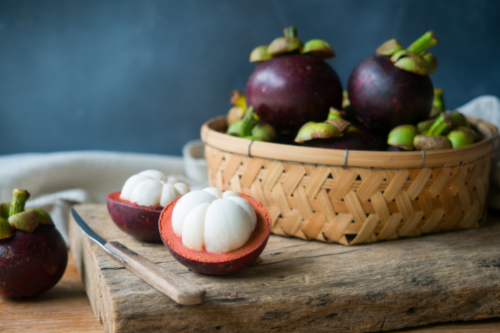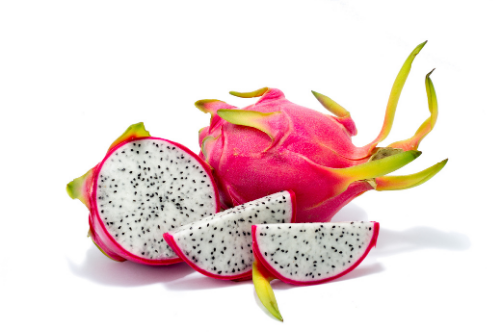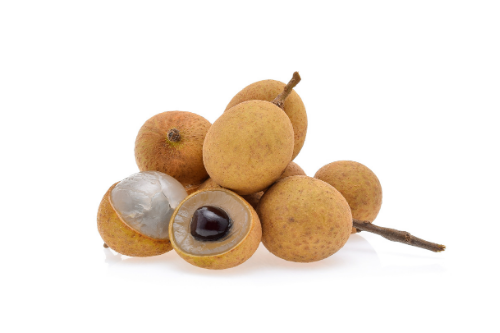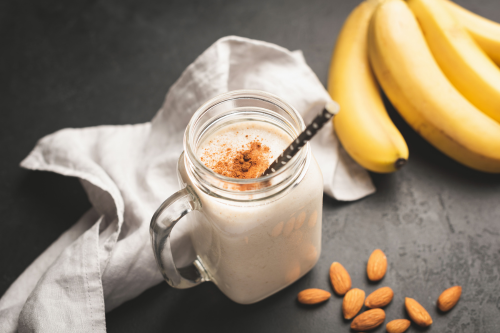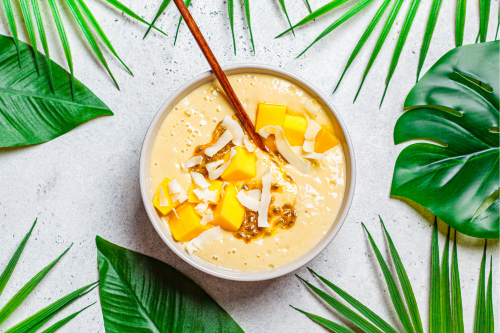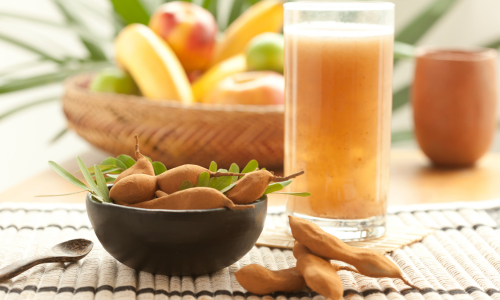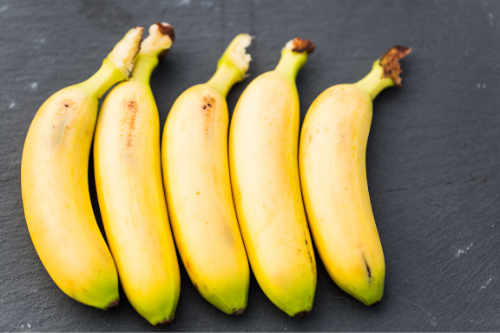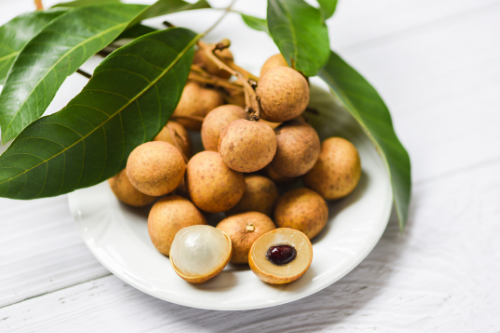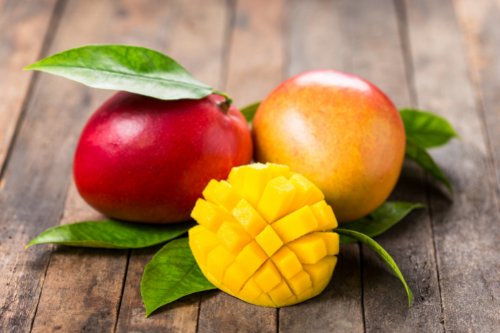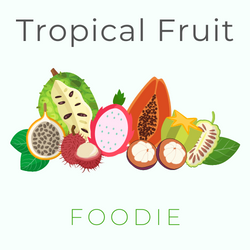Home » Tropical fruits » Mangosteen
Mangosteen
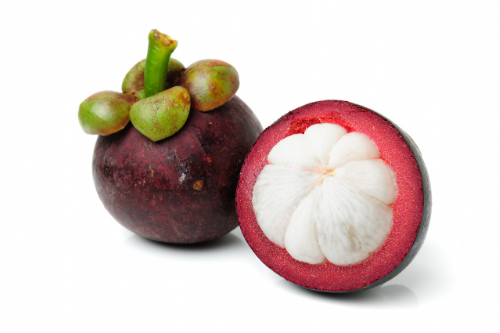
Queen of the fruit
Rich in powerful antixoidants
Vitamin B & C
Mangosteen, also known as mangistan, is a tropical fruit that is native to Southeast Asia.
It is highly regarded for its intense flavor and is often referred to as the queen of fruits.
Mangosteen has a purple-brown leathery skin, which is about 1 centimeter thick.
The thick skin helps to protect the delicate flesh of the fruit from the harsh tropical climate.
The white flesh of the mangosteen is segmented into 4 to 8 parts.
In addition to its delicious taste, mangosteen is also considered a superfood due to its high antioxidant content.
Antioxidants help to protect the body from harmful free radicals, which can cause cell damage and lead to various diseases.
Mangosteen is also rich in essential nutrients such as iron, calcium, and vitamins B and C, which are important for maintaining good health.
Overall, mangosteen is a delicious and nutritious fruit that is highly valued in many cultures around the world.
Origin
The mangosteen, known for its sweet and tangy taste, is a tropical fruit that originates from Malaysia.
This small, round fruit grows on a slow-growing tree that can reach up to 25 meters in height.
It takes about 10 to 15 years for the tree to mature and start producing fruit, but once it does, it can bear fruit 2 to 3 times a year.
Despite its origin in Malaysia, the mangosteen is now widely cultivated in many parts of the world, particularly in Southeast Asia, South America, and Africa.
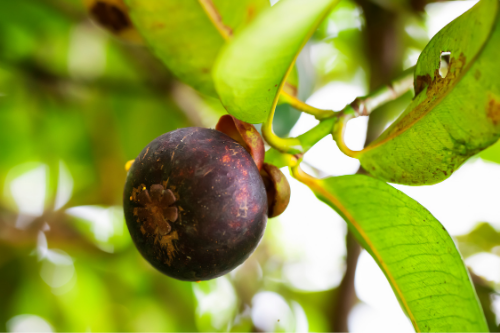
Taste
The mangosteen is a tropical fruit with a unique taste that is both fresh and sweet.
Its flavor profile is often compared to that of a peach or grapes, but it also has hints of citrus and strawberry notes.
It is said to have a slightly tart undertone that balances out its sweetness, making it a perfect fruit to enjoy on a hot summer day.
Mangistan has a thick, dark purple rind that must be removed to reveal the fruit inside.
The soft, white flesh is segmented into 4 to 8 juicy parts.
In addition, the mangosteen has become a popular ingredient in the food and beverage industry.
It is often used in smoothies, jams, and desserts, and has even been incorporated into some alcoholic beverages.
Its versatility and refreshing taste make it a favorite among chefs and food enthusiasts alike.
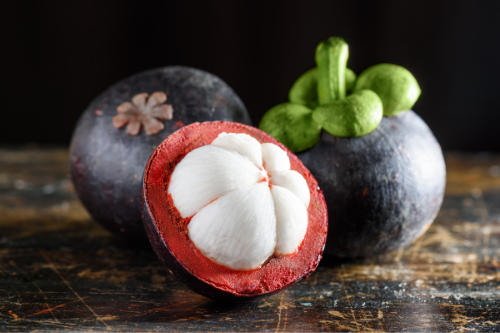
Store
When purchasing mangosteen, it is important to choose fruits that are firm and heavy for their size, as this indicates that they are fresh and ripe.
While the fruit can be stored at room temperature for 1-2 days.
It is recommended to keep them in a cool place with a temperature of about 12°C in order to prolong their shelf life.
Additionally, the fruit can also be stored in the refrigerator for up to a week, which will help to preserve its flavor and texture.
Benefits
Rich in powerful antioxidants
Helps with skin infections
Boosts immune system
Helps with healthy digestion
Anti-inflammatory
Read the explanation of the health benefits here
